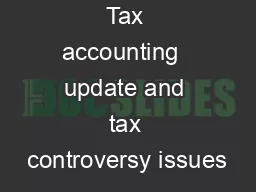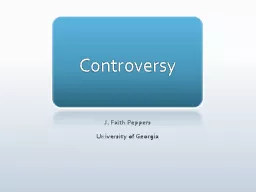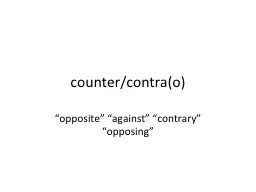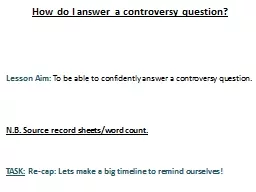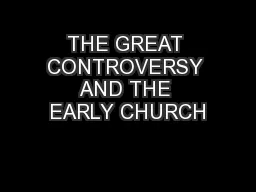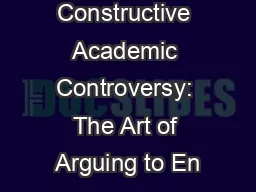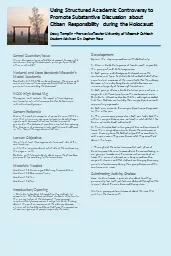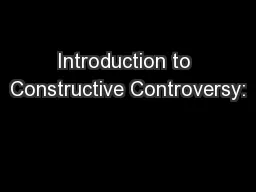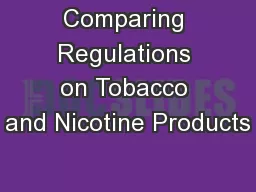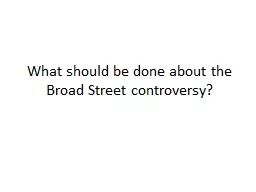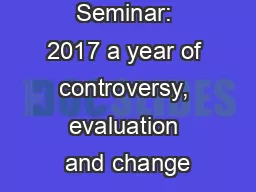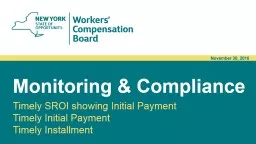PPT-Tax accounting update and tax controversy issues
Author : yoshiko-marsland | Published Date : 2020-01-17
Tax accounting update and tax controversy issues September 20 2018 Disclaimer EY refers to the global organization and may refer to one or more of the member firms
Presentation Embed Code
Download Presentation
Download Presentation The PPT/PDF document "Tax accounting update and tax controver..." is the property of its rightful owner. Permission is granted to download and print the materials on this website for personal, non-commercial use only, and to display it on your personal computer provided you do not modify the materials and that you retain all copyright notices contained in the materials. By downloading content from our website, you accept the terms of this agreement.
Tax accounting update and tax controversy issues: Transcript
Download Rules Of Document
"Tax accounting update and tax controversy issues"The content belongs to its owner. You may download and print it for personal use, without modification, and keep all copyright notices. By downloading, you agree to these terms.
Related Documents

